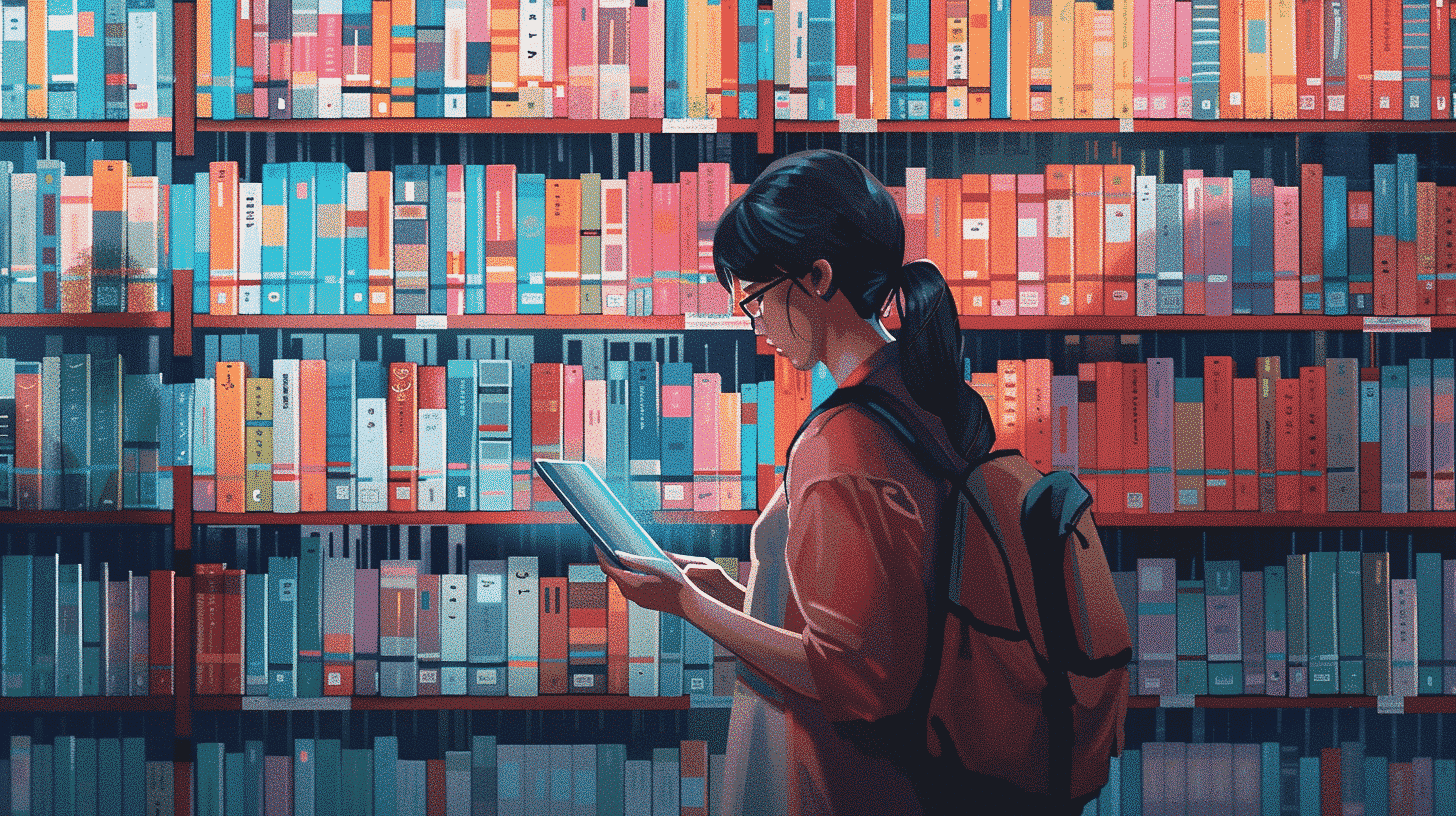The Intersection of Language and Art
Public space art in Berlin is a tapestry of visual and textual elements that intertwine to create a unique cultural narrative. Street art and graffiti, in particular, are laden with linguistic content that can be both provocative and enlightening. These art forms often include phrases, slogans, and even poetry, making them an excellent resource for language learners.
**Street Art as a Linguistic Resource**
Berlin’s street art frequently incorporates German words and phrases, providing language learners with real-world examples of contemporary usage. For instance, the famous East Side Gallery, a section of the Berlin Wall adorned with murals, features a mix of German and English text. This bilingual presentation allows learners to see direct translations and contextual usage, enhancing their understanding of both languages.
**Graffiti and Urban Slang**
Graffiti, often considered the rawest form of street art, is rich in urban slang and colloquial expressions. By deciphering graffiti, language learners can gain insights into the informal speech patterns and cultural references that are not typically covered in textbooks. This exposure to everyday language can significantly improve listening and speaking skills, as well as cultural literacy.
Interactive Learning Through Public Installations
Berlin is home to numerous public art installations that encourage interaction and engagement. These installations often incorporate text, inviting viewers to read, reflect, and even respond.
**The Berlin Wall Memorial**
The Berlin Wall Memorial is not just a historical site; it is also an educational resource. The memorial includes plaques and information boards with detailed descriptions in both German and English. Language learners can practice their reading skills by comparing the texts, noting differences in syntax and vocabulary. Moreover, the emotional weight of the content can deepen their connection to the language and enhance retention.
**Poetry in Public Spaces**
Berlin’s public spaces often feature poems etched into walls, sidewalks, and monuments. These poetic installations provide a unique way to engage with the language. Poetry, with its emphasis on rhythm, rhyme, and metaphor, can help learners develop a more nuanced understanding of German. By analyzing these poems, learners can expand their vocabulary and appreciate the aesthetic qualities of the language.
Creative Expression and Language Development
Public space art in Berlin not only aids in language acquisition but also stimulates creative expression. Engaging with art can inspire learners to create their own linguistic and artistic works, thereby reinforcing their language skills.
**Art as a Catalyst for Writing**
Observing and interpreting public art can serve as a powerful catalyst for writing. Language learners can be encouraged to write essays, poems, or short stories based on their observations. This exercise not only enhances writing skills but also fosters critical thinking and creativity.
**Collaborative Projects**
Group projects involving public art can be particularly effective. For example, learners can be tasked with creating a mural or graffiti piece that incorporates German text. This collaborative effort promotes teamwork and allows learners to practice their language skills in a real-world context.
Cultural Insights Through Public Art
Berlin’s public space art offers profound insights into the city’s history, politics, and social issues. Understanding these cultural contexts can greatly enhance language learning.
**Historical Context**
Much of Berlin’s public art reflects the city’s tumultuous history, from the scars of World War II to the division and reunification of Germany. By studying these artworks, learners can gain a deeper understanding of historical events and their impact on the language. For example, many murals and installations commemorate the fall of the Berlin Wall, providing a poignant backdrop for learning about this pivotal moment in German history.
**Social and Political Commentary**
Street art and graffiti in Berlin often serve as vehicles for social and political commentary. These artworks address contemporary issues such as immigration, environmentalism, and social justice. By engaging with these pieces, language learners can familiarize themselves with the vocabulary and discourse surrounding these topics. This not only broadens their linguistic repertoire but also deepens their cultural and social awareness.
Practical Tips for Language Learners
To make the most of Berlin’s public space art as a language learning resource, here are some practical tips:
**Take Guided Tours**
Several organizations offer guided tours of Berlin’s street art and public installations. These tours often include explanations of the linguistic and cultural significance of the artworks, providing valuable context for language learners. Participating in a guided tour can enhance your understanding and appreciation of the art, while also offering opportunities for interactive learning.
**Document Your Observations**
Carry a notebook or use a digital device to document your observations as you explore Berlin’s public art. Take note of any unfamiliar words or phrases, and look them up later. This practice can help reinforce new vocabulary and improve your reading and writing skills.
**Engage with the Art Community**
Berlin has a thriving art community, and many artists are open to discussing their work. Engaging with local artists can provide unique insights into the language and culture. Attend art exhibitions, workshops, and talks to immerse yourself in the artistic and linguistic landscape of the city.
**Create Your Own Art**
Take inspiration from Berlin’s public space art to create your own linguistic and artistic works. This could be anything from writing poetry to designing a mural. By actively using the language in a creative context, you can reinforce your skills and gain a deeper appreciation for the artistic process.
Conclusion
Berlin’s public space art is a treasure trove of linguistic and creative inspiration. By engaging with street art, graffiti, and public installations, language learners can enhance their understanding of German while also exploring the city’s rich cultural heritage. Whether through guided tours, personal observations, or creative projects, the intersection of language and art in Berlin offers endless opportunities for education and inspiration. So, the next time you find yourself wandering the streets of Berlin, take a moment to appreciate the art around you—it might just be the key to unlocking your linguistic and creative potential.









